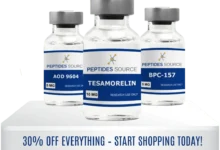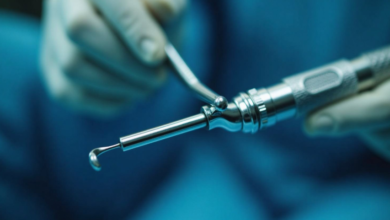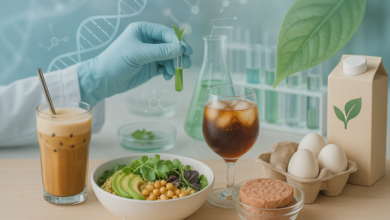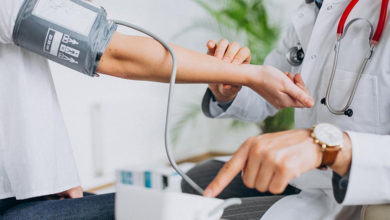How to Make Pimples Less Red and Less Noticeable
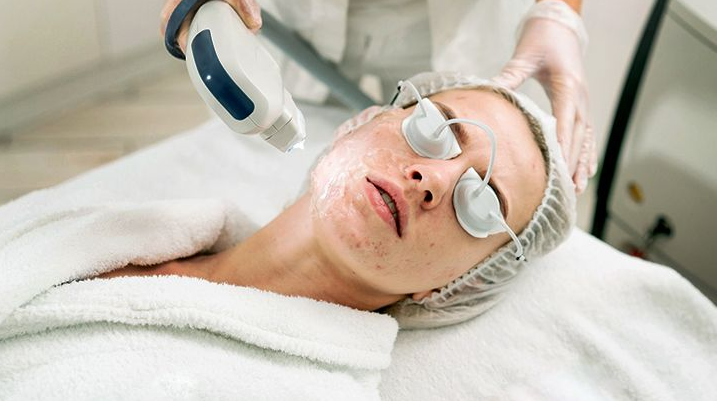
Learning how to make pimples less red and less noticeable can instantly boost your confidence, especially when breakouts appear at the worst possible time. Redness from pimples is often caused by inflammation and irritation, making blemishes stand out more than they should. Luckily, with the right skincare steps and a few simple tricks, you can reduce redness and make your skin look calmer and clearer. In this article, we’ll explore effective remedies, quick fixes, and expert tips on how to make pimples less red and blend more naturally with your skin tone.
Understanding Pimple Redness
Redness is mainly caused by inflammation, the body’s natural response to infection or injury. When pores get clogged with oil, dead skin cells, and bacteria, your immune system reacts by sending white blood cells and increasing blood flow to the area. This rush of blood brings nutrients and immune cells to fight the infection, but it also makes the pimple look red, swollen, and tender.
Additional Causes of Redness
- Irritation from Picking or Squeezing: Touching a pimple can aggravate the skin, worsen swelling, and even spread bacteria.
- Harsh Products: Strong acids, scrubs, or over-exfoliation can inflame the skin further.
- Clogged Pores: The initial blockage triggers the inflammatory response, which is what starts the redness in the first place.
Active Pimples vs. Post-Inflammatory Marks
- Active Pimples: These are still inflamed, red, and sometimes swollen. Care should focus on reducing inflammation, preventing infection, and supporting healing.
- Post-Inflammatory Marks (PIH): After the pimple heals, you may see red, pink, or dark spots. These marks are no longer inflamed but may take weeks or months to fade.
Why Understanding the Difference Matters
- Targeted Care: Treat active pimples with anti-inflammatory and antibacterial products, while post-inflammatory marks respond better to treatments that lighten dark spots and even out skin tone.
- Preventing Scarring: Avoiding unnecessary irritation during the active phase reduces the risk of long-term marks.
- Patience is Key: Knowing which stage your blemish is in helps you manage expectations and follow the right routine for faster recovery.
Redness is a natural signal that your skin is healing. Handle active pimples gently, use the right treatments, protect your skin from irritation, and proper care to fade safely.
Quick Home Remedies to Reduce Redness
Here are some simple, effective ways to calm pimple redness at home:
- Cold Compress
Apply a clean, cold cloth or ice wrapped in a towel to the pimple for 5–10 minutes. Helps reduce swelling and constrict blood vessels, calming redness.
- Aloe Vera Gel
Put pure aloe vera on the affected area to calm irritation, reduce inflammation, and help your skin heal.
- Green Tea or Chamomile Compress
Steep a tea bag, let it cool, and place it on the pimple. Natural antioxidants and anti-inflammatory compounds help calm redness.
- Honey
Apply a small amount of raw honey to the blemish. Its antibacterial and soothing properties can help reduce redness and support healing.
- Over-the-Counter Hydrocortisone
Apply a small amount to very red or inflamed spots. It can reduce inflammation quickly but should only be used occasionally and not replace your regular skincare routine.
Tips for Best Results
- Always use clean hands or tools to avoid introducing more bacteria.
- Avoid picking or squeezing, which can worsen redness and lead to scarring.
- Combine remedies with gentle cleansing and moisturizing for faster recovery.
See also: Top 5 Health Benefits of Wireless Fences
Skincare Steps to Minimize Visibility
To reduce the appearance of red pimples, follow these gentle, effective steps:
- Gentle Cleansing
Wash your face with a mild, non-comedogenic cleanser. Removes dirt and oil without irritating inflamed skin.
- Moisturizing
Apply a lightweight, non-oily moisturizer to support the skin barrier. A healthy barrier helps reduce redness and speed up healing.
- Targeted Acne Treatments
Use spot treatments like salicylic acid or benzoyl peroxide on active pimples. Apply sparingly to avoid over-drying or irritating surrounding skin.
- Avoid Picking or Squeezing
Do not touch, pop, or squeeze pimples. Picking worsens inflammation, prolongs redness, and can cause scarring.
Consistency and gentleness are key. Following these steps helps your skin heal faster and makes redness less noticeable.
Quick Cosmetic Tricks to Make Pimples Less Noticeable
You can help make redness less noticeable as your skin heals by following these simple cosmetic tips:
- Color-Correcting Concealers
Apply a green-tinted concealer directly to red areas to neutralize redness, then blend gently before applying foundation.
- Light Coverage Foundation or BB Cream
Use a thin layer to even out your skin tone and help blend blemishes with the rest of your skin for a natural look.
- Proper Application Technique
Gently pat makeup onto your skin instead of rubbing. This prevents irritation, avoids spreading bacteria, and helps makeup blend smoothly.
- Avoid Heavy or Long-Lasting Makeup
Thick or long-wear makeup can clog pores and worsen acne, especially if left on overnight. Stick to lighter products and always remove makeup before bed.
Keep makeup light and gentle, and always remove it thoroughly at the end of the day to allow your skin to heal.
Lifestyle Tips to Prevent Redness
Daily habits significantly influence how well acne redness is managed. Here’s how to support calmer and healthier skin:
- Eat a Balanced Diet
Include more fruits, vegetables, and omega-3-rich foods to help reduce inflammation. Avoid too much sugar, processed foods, and dairy, as they can trigger breakouts and worsen redness.
- Stay Hydrated
Drinking plenty of water keeps your skin hydrated, helps reduce inflammation, and supports faster healing of redness.
- Manage Stress
High stress can trigger inflammation and worsen acne redness. Practices like meditation, yoga, or deep breathing can help calm your mind and support healthier skin.
- Get Enough Sleep
Sleeping well gives your skin time to repair and regenerate overnight, helping to reduce redness and promote a healthier complexion.
- Sun Protection
Sunlight can make redness and acne marks worse. Apply a broad-spectrum SPF 30 or higher every day, even when indoors near windows.
- Avoid Irritants
Keep hands, phones, and pillowcases clean to prevent bacterial transfer. Avoid harsh skincare products or extreme temperatures that can irritate skin.
Combining these lifestyle habits with a consistent skincare routine helps prevent new redness and keeps your skin calm and healthy.
When to Seek Professional Help
Mild redness can often be treated at home, but if your acne becomes severe, keeps getting worse, or doesn’t heal, it’s best to see a dermatologist.
Seek professional help if:
- Redness or swelling worsens despite consistent home care.
- Painful, deep cysts or nodules develop.
- Acne keeps recurring in the same areas or spreads rapidly.
- Some OTC products can irritate your skin or may not effectively improve acne or redness. Use them carefully and stop if they cause discomfort.
- Persistent dark marks or scars appear after healing.
- Acne affects your mental or emotional well-being.
A dermatologist can identify the underlying causes, provide targeted treatments (like prescription creams, oral medications, or in-office procedures), and help prevent long-term scarring. Early intervention often leads to faster healing and better results.

